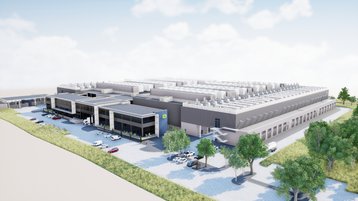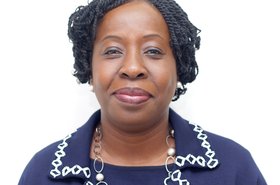Africa's biggest data center operator Teraco is considering expanding beyond its home country of South Africa for the first time.
Teraco Data Environments has 73MW of capacity across South Africa, and has recently received funding for a further 38MW under development in Johannesburg. Now, the company may be about to expand into Kenya and Nigeria, according to The Africa Report.
Follow the telecoms
Teraco's most likely option is to start small with facilities between 1MW and 4MW, said CEO Jan Hnizdo, according to the Report. Kenya and Nigeria would be the first targets, as they have liberalized telecoms sectors, he said.
Kenya and Nigeria both have good fiber links to the rest of the world, and established local data center players. Africa Data Centres (a subsidiary of Liquid Telecom) has facilities across the continent, starting in 2013 with a facility in Nairobi, Kenya, and has since opened in Lagos, Cape Town, and Johannesburg. In West Africa. MainOne has data centers in Nigeria, Ghana, and Cote D'Ivoire.
Also in Nigeria, international investor Actis, which has other global data center interests, took control of Rack Centre for $250 million in 2020.
Newcomer IXAfrica began work on an 18MW data center in Nairobi Kenya this week, which promises to be East Africa's biggest "hyperscale ready" campus.
Overall, a report from Turner & Townsend has predicted that Africa's data centers will expand at around 12 percent reaching $3 billion by 2025. Huawei has been investing heavily in Africa. Teraco announced this week it has raised 2.5 billion rand ($170 million) for data center construction.
The Africa Data Centers Association says data centers in the continent have doubled since 2016, but resources are tightly concentrated in South Africa, which has some two-thirds of capacity. More than 50 cities in Africa have more than a million people, but no data center, according to the ADCA - which says that the continent needs more than 100MW of capacity in 700 locations, to bring the rest of the continent up to a level with South Africa.




